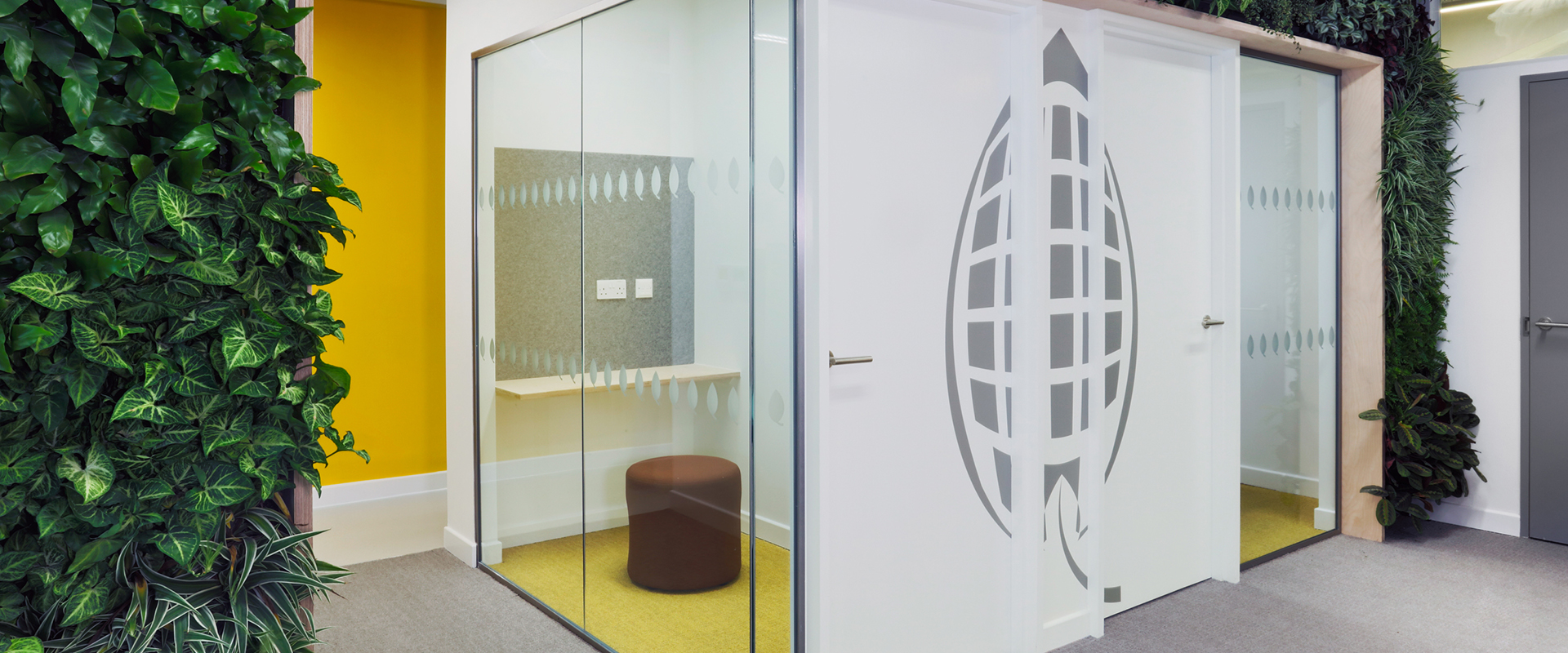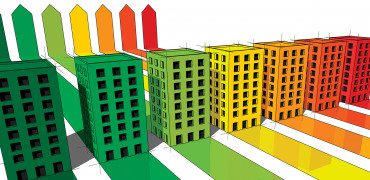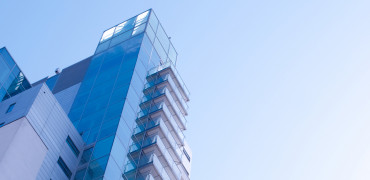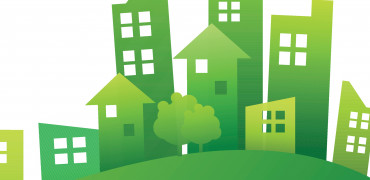The UK Green Building Council (UK-GBC) recently refurbished its London headquarters, with a design team drawn from its membership and the aim of challenging industry thinking as to what is achievable in a small scale fit out.
The refurbishment of the organisation’s headquarters in central London has also enabled UK-GBC to lead by example with a project that has achieved the lowest embodied carbon footprint ever recorded for an office refurbishment in the UK.
This stunning example of a sustainable office refurbishment serves as an exemplar for sustainability right in the heart of our cities and also shows that companies that focus on reducing their carbon footprint can also benefit from increased productivity and lower energy bills.
“In refurbishing our own office space, we had a fantastic opportunity to trial and showcase the very best solutions sourced from our membership.”
Julie Hirigoyen, chief executive of UK-GBC
UK-GBC
UK-GBC is an industry-led network with a mission to radically improve the sustainability of the built environment.
A charity with over 400 member organisations spanning the entire value chain, it represents the voice of the industry’s current and future leaders who are striving for transformational change.
UK-GBC inspires and challenges its members, helping them to identify and adopt the most sustainable, viable solutions.
They also engage their members in advocating a progressive message to government, informing and influencing policy.

The ideal office fit-out
UKGBC has created a stunning example of a sustainable office refurbishment
Phenomenal added value
The office refurbishment was deliberately designed to also feature a range of innovative wellbeing measures to deliver a working space that is both better for people, and better for the environment.
The brief aimed to balance the health, wellbeing and productivity of the twenty-five regular office users with outstanding resource and energy efficiency and a low-carbon approach.
It demonstrates that even a 160m² floor space can deliver phenomenal commercial, social and environmental value if each decision is challenged and scrutinised.
Wellbeing measures have been incorporated into the design in order to improve staff satisfaction, productivity and overall health and wellness.
Key stats
Outstanding figures show what can be achieved
-
Carbon footprint
139 kgCO2/m² - Embodied carbon footprint 22% below a comparable “standard” fit-out and the lowest ever recorded in the UK (SCP database, WRAP database)
-
Carbon emissions
48% decrease in carbon emissions from lighting
-
Construction waste
99.4% of construction waste diverted from landfill
-
Original fixtures
98% of original fixtures and finishes reused or repurposed
-
Living wall
Over 1,500 plants have been used in a beautiful internal living wall
-
Fresh air increase
An innovative ventilation system has delivered a 750% increase in background fresh air provision
The space is designed to accommodate a variety of working styles and agile working choices, including an open plan working area based on hot-desking; a sound-proof ‘telephone booth’ for private calls; a height-adjustable standing meeting table and several softer break-out spaces for informal discussions and social interaction.
Also included are an automated low-energy LED lighting system; and products and finishes that minimise (and in some cases actively remove) pollutants from the air.
In order to maximise the opportunities to learn from this refurbishment, the office will be subject to a post-occupancy evaluation to assess its operational performance against factors such as energy efficiency and air quality.
Staff satisfaction will be evaluated through ongoing surveys, the results of which will be compared against data collected prior to the refurb.
UK-GBC is producing content designed to help built environment professionals learn from the project, with a focus on how the design team’s innovative and collaborative ways of working meant that the project was able to achieve its ambitious goals. Watch interviews with the project’s design team below.


